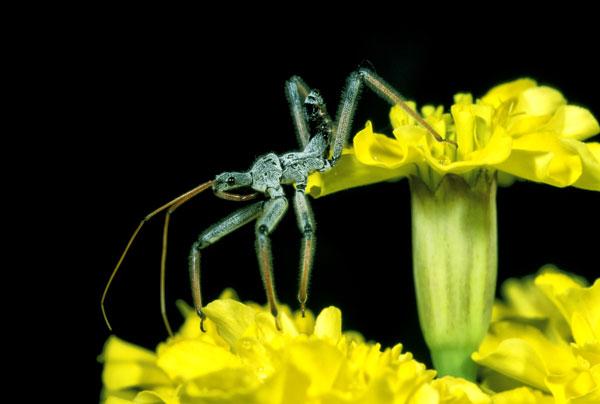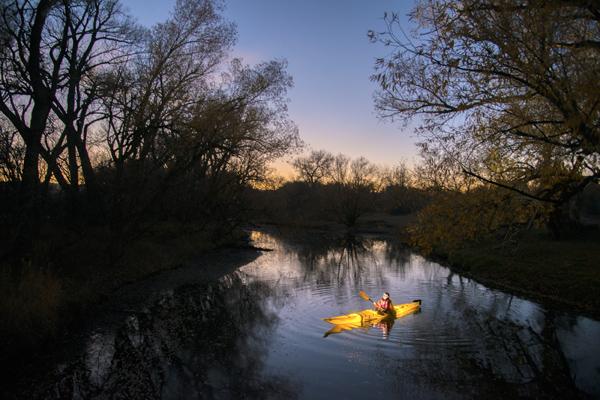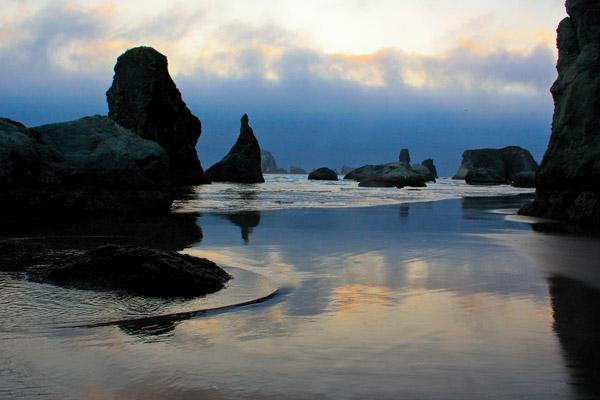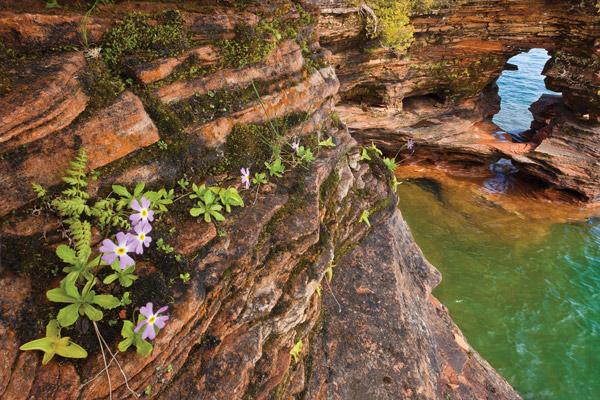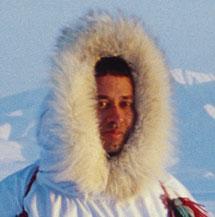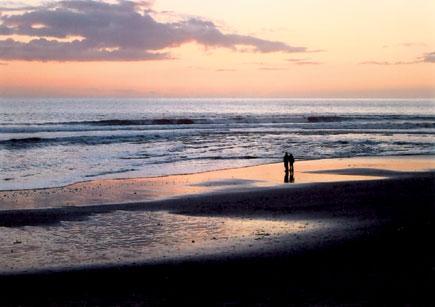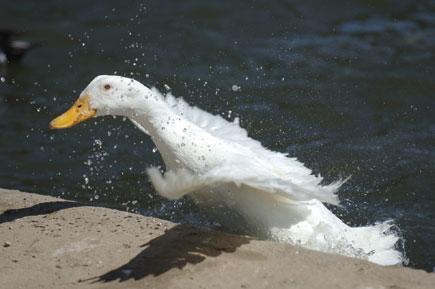Outdoor Photography How To
Sort By: Post Date TitlePublish Date
|
Jul 02, 2013 |
First Published: May 01, 2013 |
|
Jun 25, 2013 |
First Published: May 01, 2013 |
|
Jun 13, 2013 |
|
Apr 30, 2013 |
First Published: Mar 01, 2013 |
|
Mar 08, 2013 |
First Published: Feb 01, 2013 |
|
Feb 07, 2013 |
First Published: Jan 01, 2013 |
|
Feb 06, 2013 |
First Published: Jan 01, 2013 |
|
Jan 31, 2013 |
First Published: Dec 01, 2012 |
|
Nov 19, 2012 |
First Published: Oct 01, 2012 |
|
May 21, 2012 |
|
Nov 01, 2005 |
|
Nov 01, 2005 |
